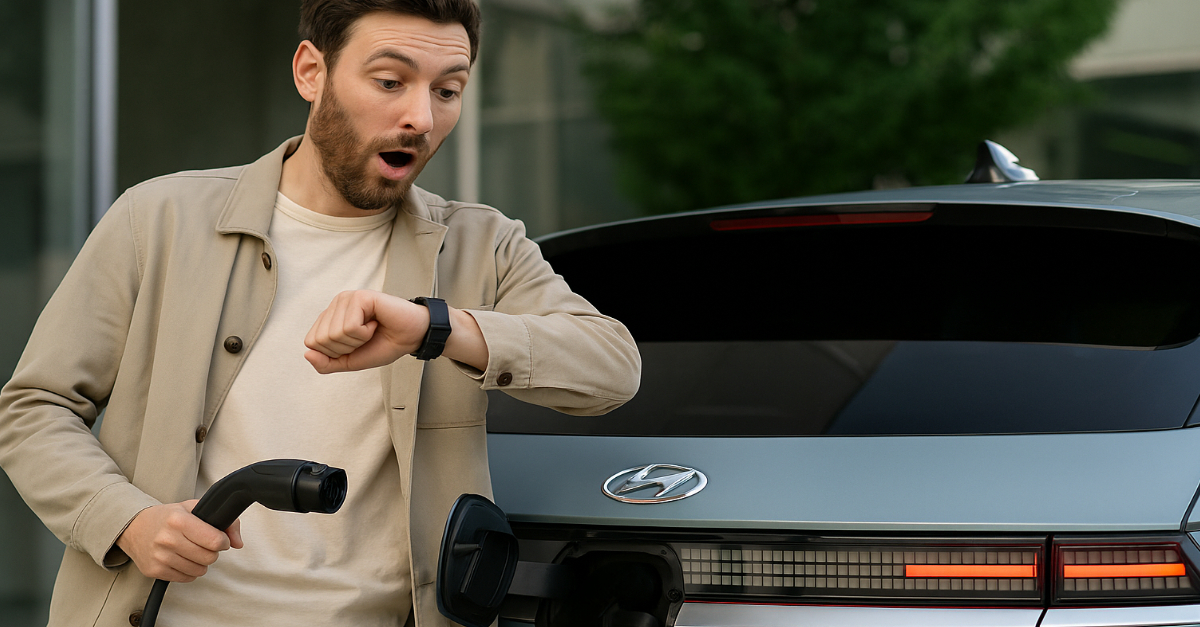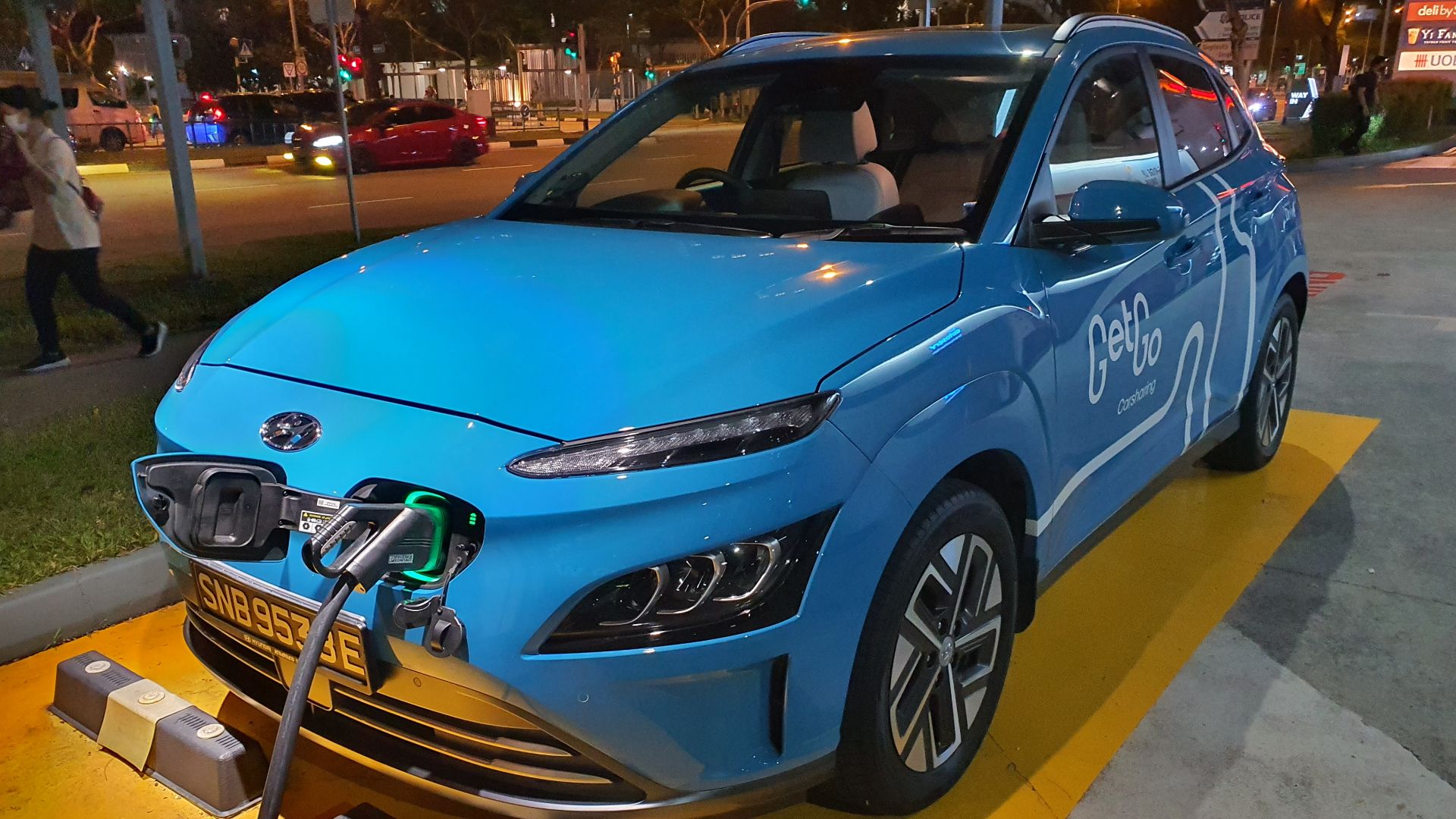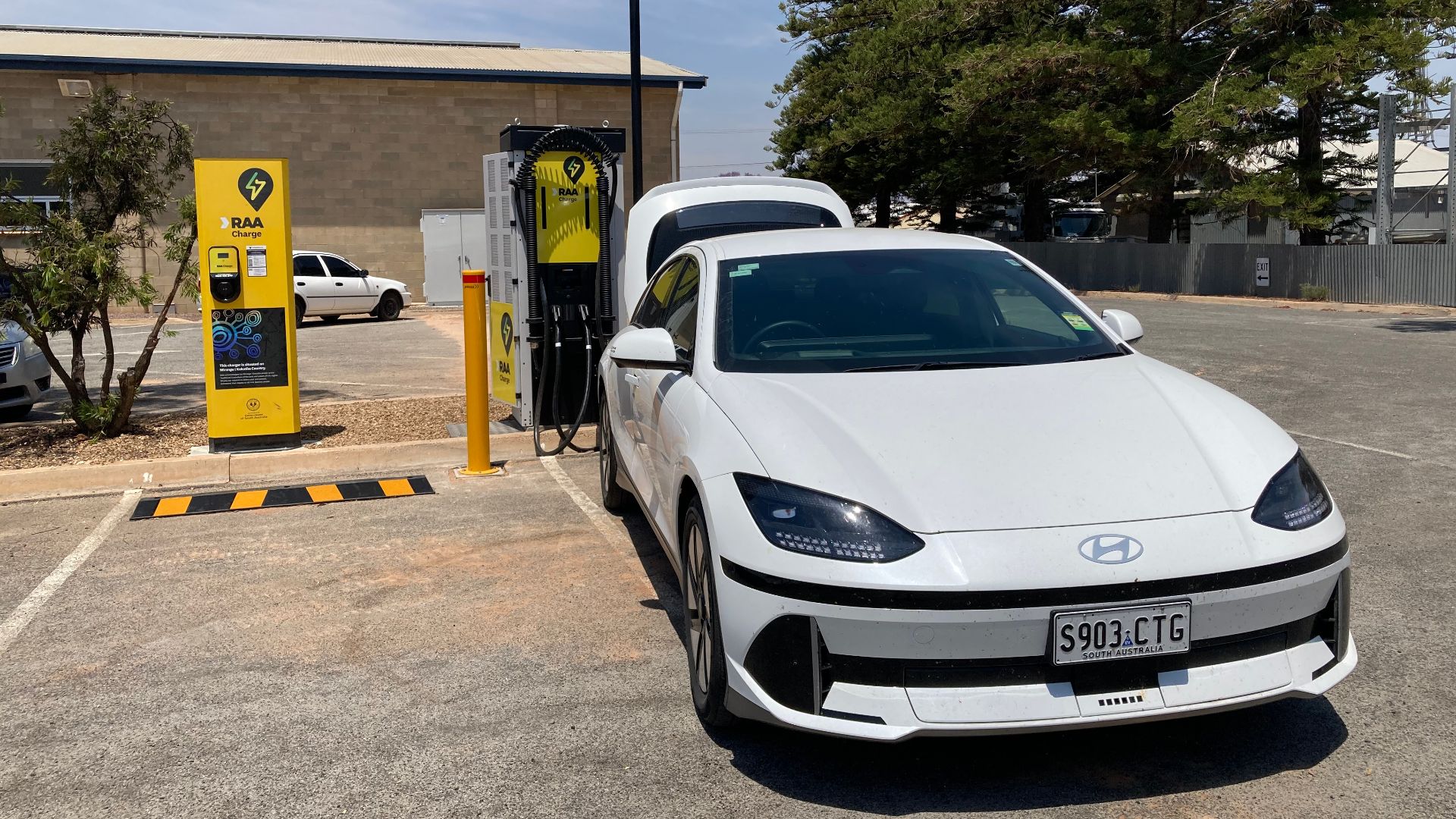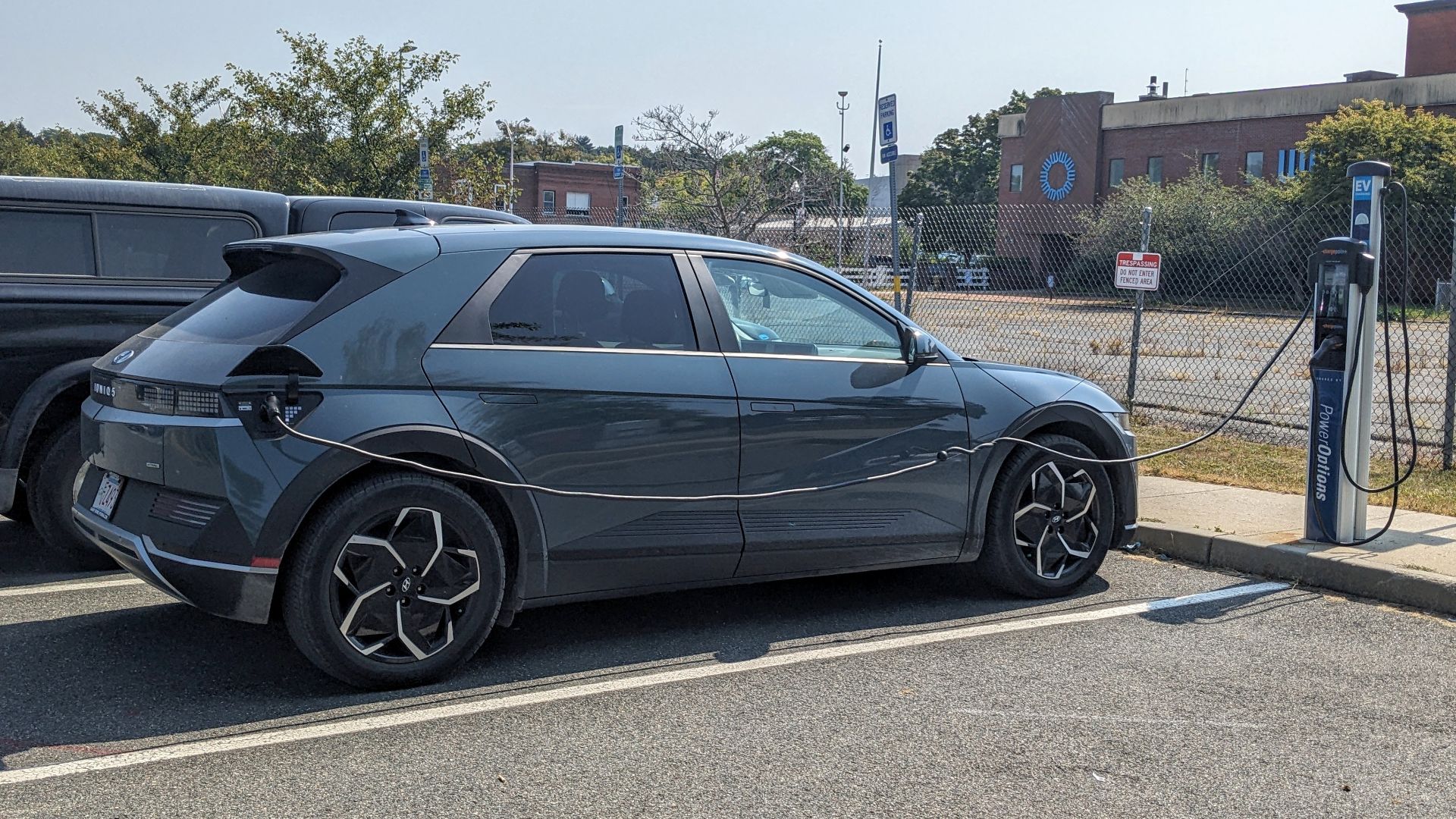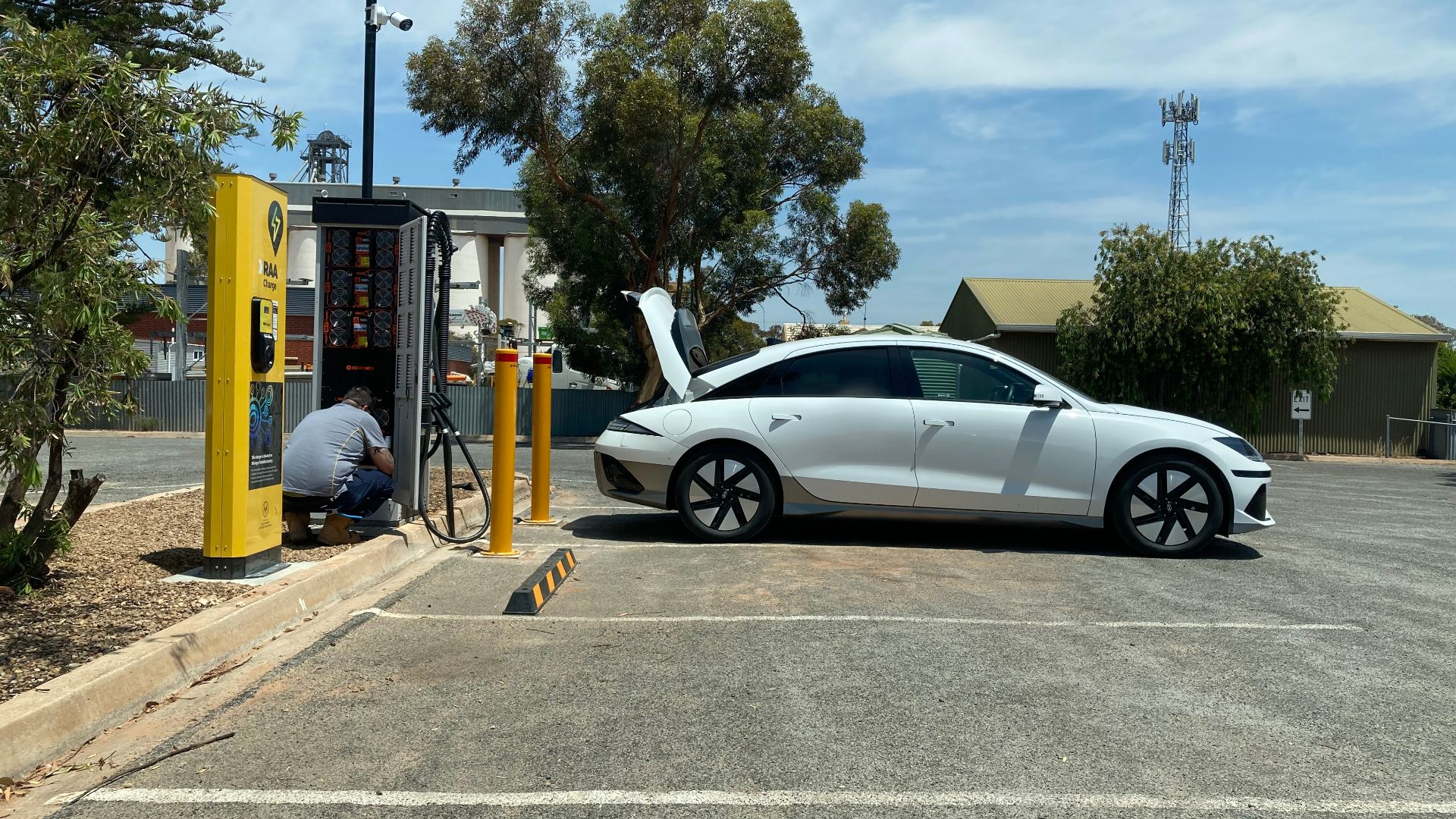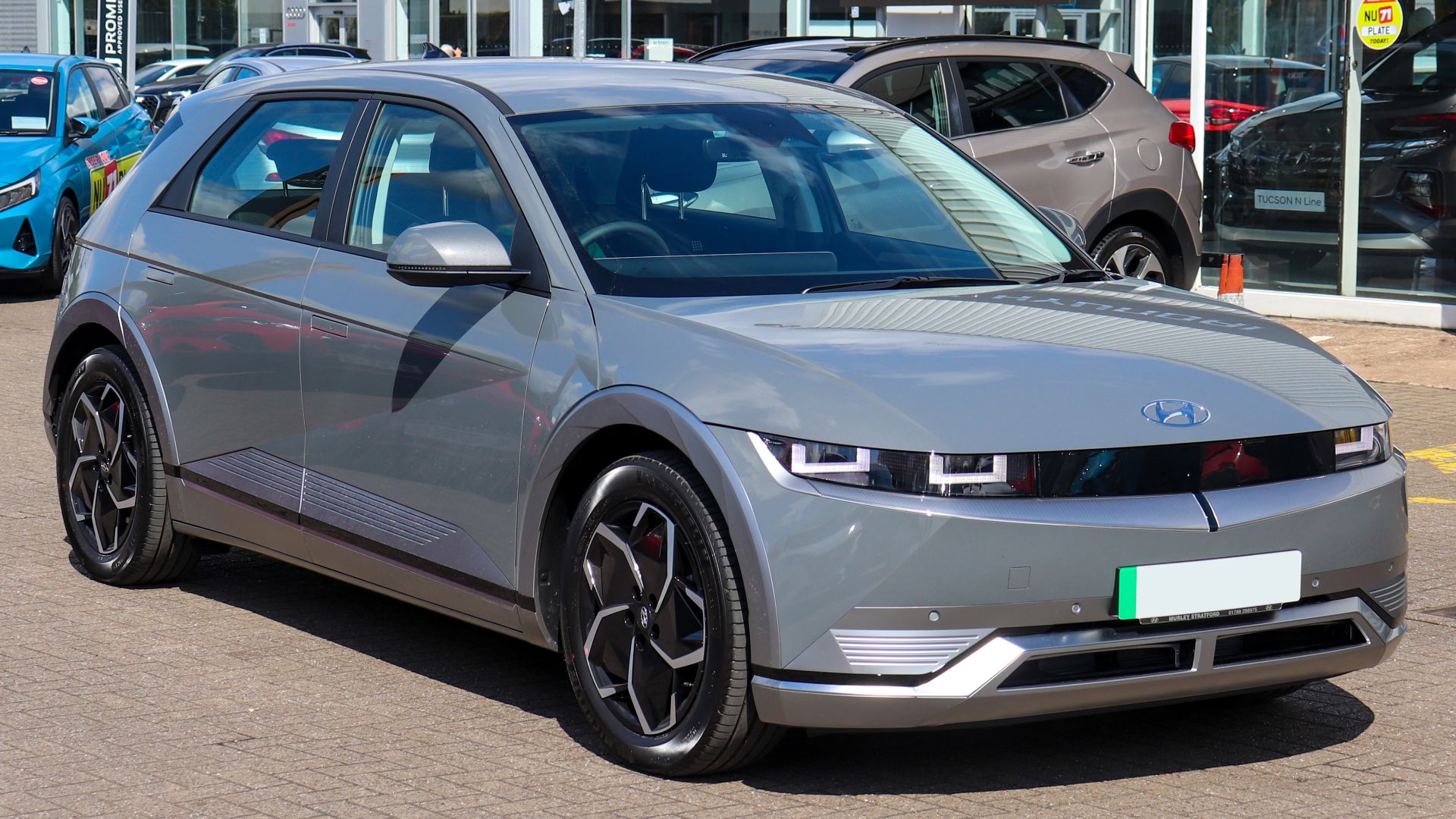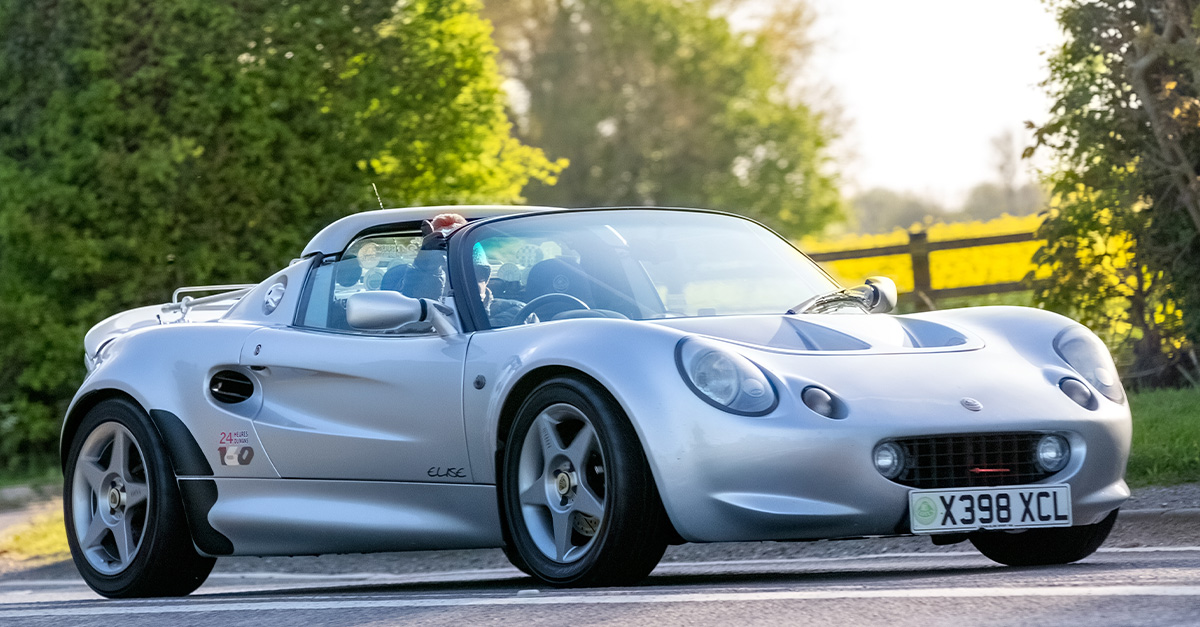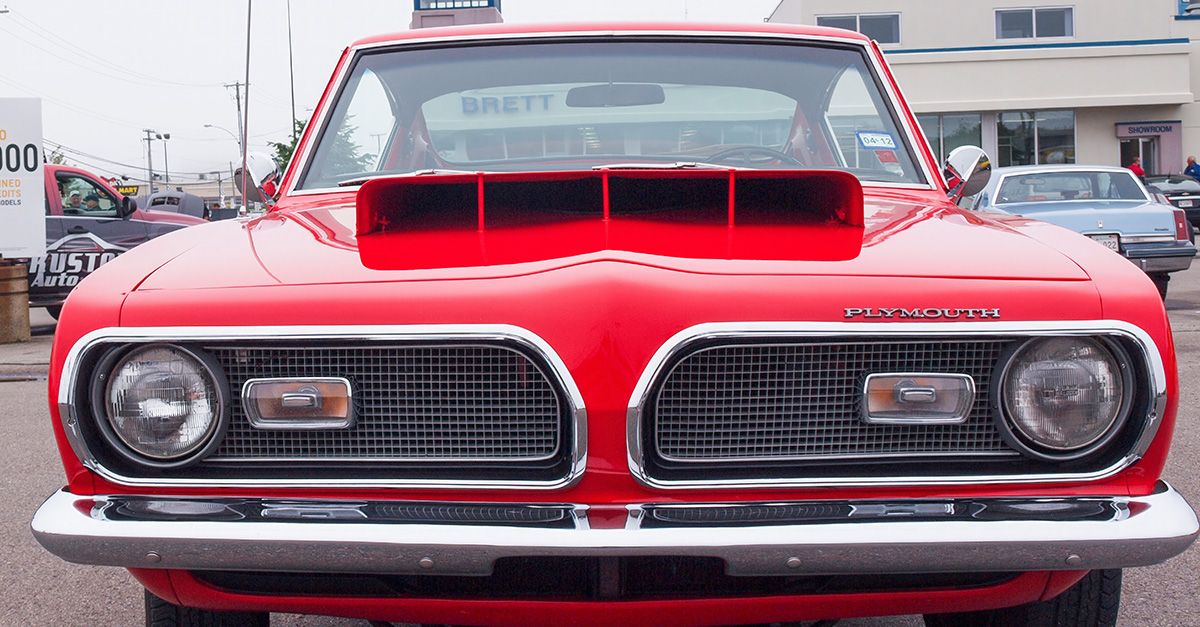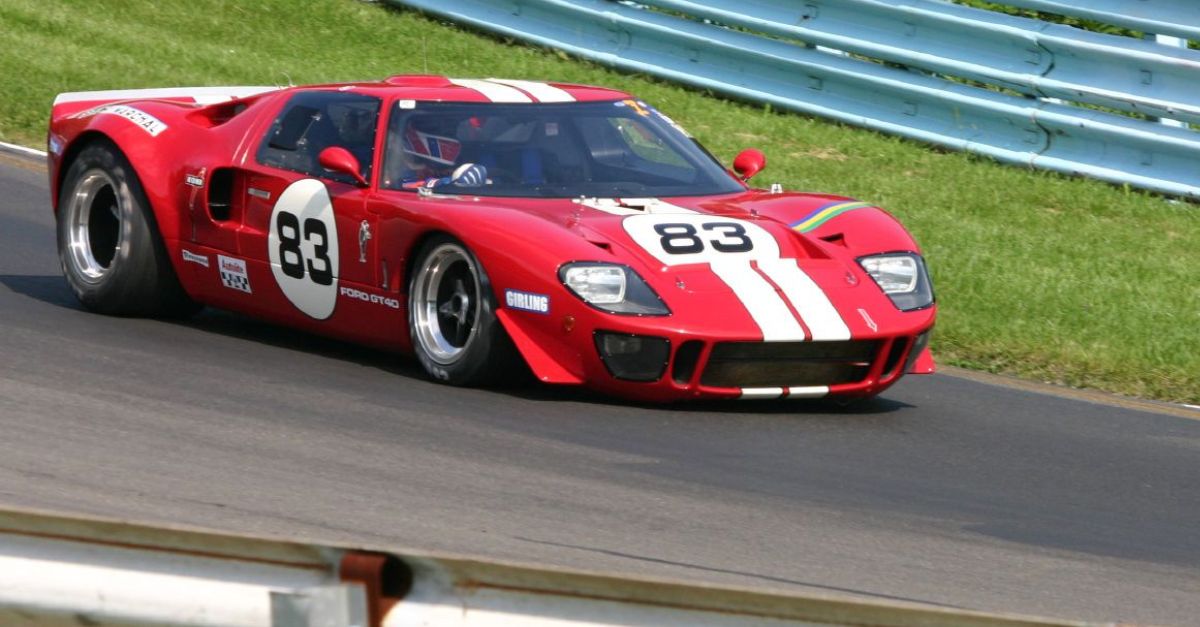Hyundai’s Three-Minute Charging Goal
Hyundai has publicly set a bold target: cut EV charging time down to just three minutes—and do it without bigger or more expensive batteries. It’s a radical promise that could flip the EV world on its head. So how exactly do they plan to pull this off?
Why Three Minutes Changes Everything
Three-minute charging is the psychological tipping point. Once charging feels like a quick fuel stop, range anxiety evaporates and EV adoption accelerates. As Hyundai’s Tyrone Johnson puts it, customers increasingly expect EV charging to be “as fast as filling an internal-combustion car.” That expectation is shaping the entire strategy.
Not About Bigger Batteries
Hyundai isn’t chasing massive battery packs—they’re actually avoiding them. Bigger batteries cost more, weigh more, stress the grid, and slow down charging. Hyundai is betting the future on faster energy flow, not bigger energy storage.
 Jakub "Flyz1" Maciejewski, Wikimedia Commons
Jakub "Flyz1" Maciejewski, Wikimedia Commons
The E-GMP Advantage
Hyundai’s current E-GMP platform already runs 800‑V architecture, which is rare in mass‑market EVs. This architecture is the foundation for ultra‑fast charging because it allows higher power transfer, less heat buildup, and more stable charging at extreme speeds.
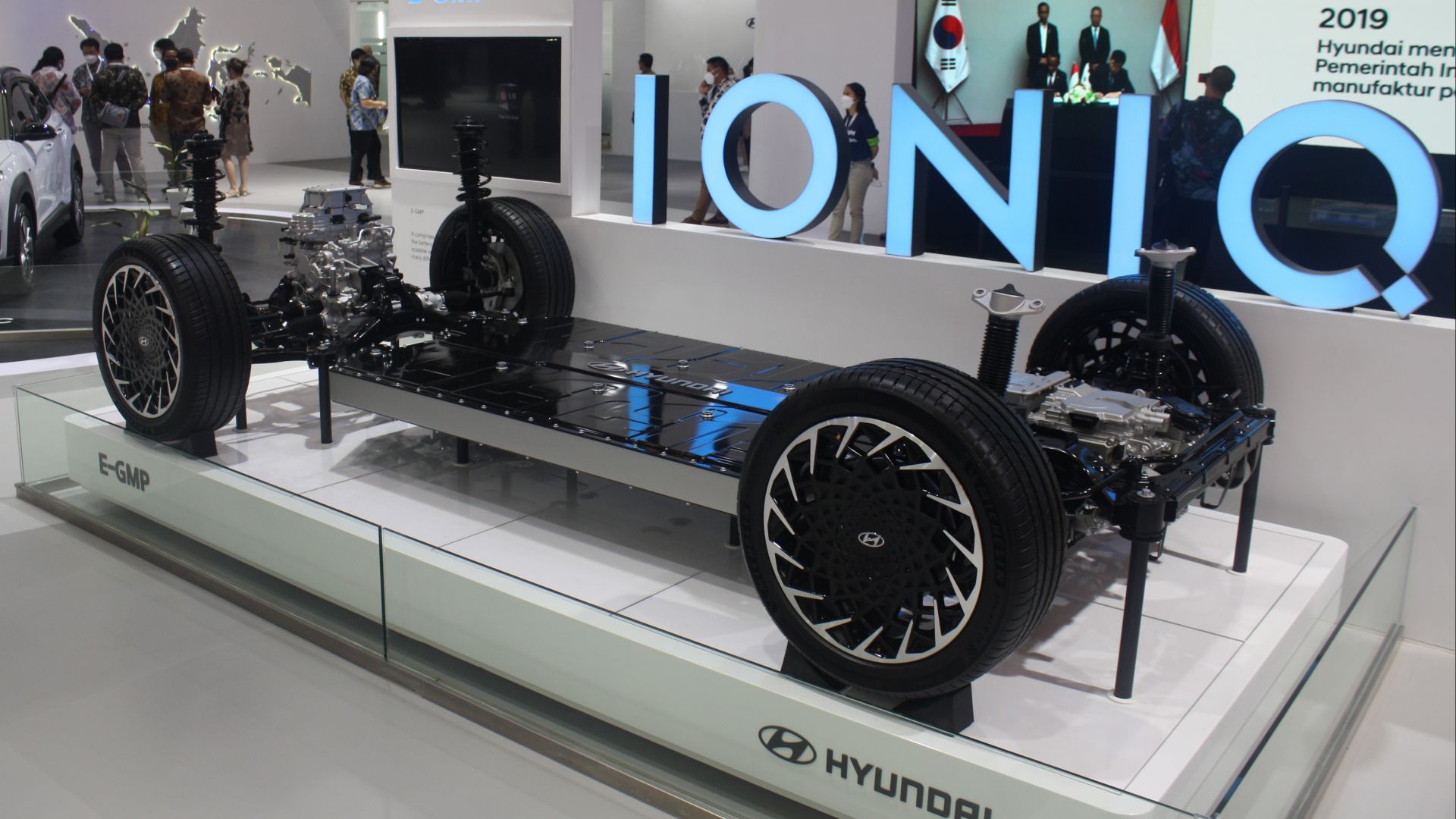 Andra Febrian, Wikimedia Commons
Andra Febrian, Wikimedia Commons
Proof: Fast Charging Today
Today’s Hyundai EVs are already among the fastest‑charging on the market. Models like the IONIQ 5 and IONIQ 6 can go 10–80% in about 18 minutes under ideal conditions. That’s the starting point—not the finish line.
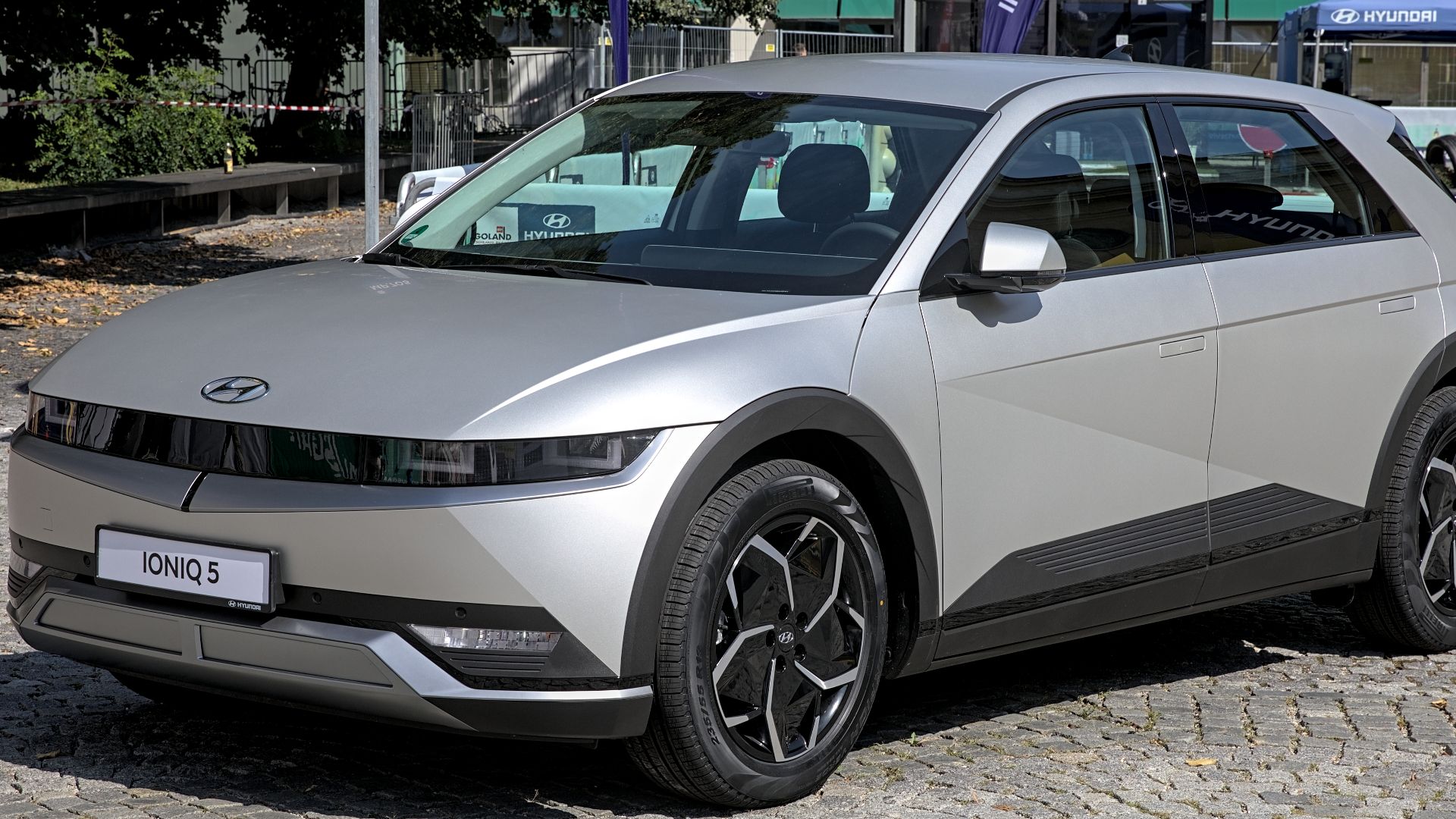 Alexander Migl, Wikimedia Commons
Alexander Migl, Wikimedia Commons
The Goal: 400-kW (and Beyond)
To make three‑minute charging real, Hyundai is targeting charging systems capable of 400 kW or more. That’s nearly double the speed of most public ultra‑fast chargers today. It requires new hardware, new cooling systems and a whole new charging curve.
 Damian B Oh, Wikimedia Commons
Damian B Oh, Wikimedia Commons
Increasing Battery Acceptance
The charger can only send power as fast as the battery can receive it. Hyundai is redesigning cells to safely accept extremely high currents without overheating or degrading early. It’s about chemistry, structure and internal resistance—not size.
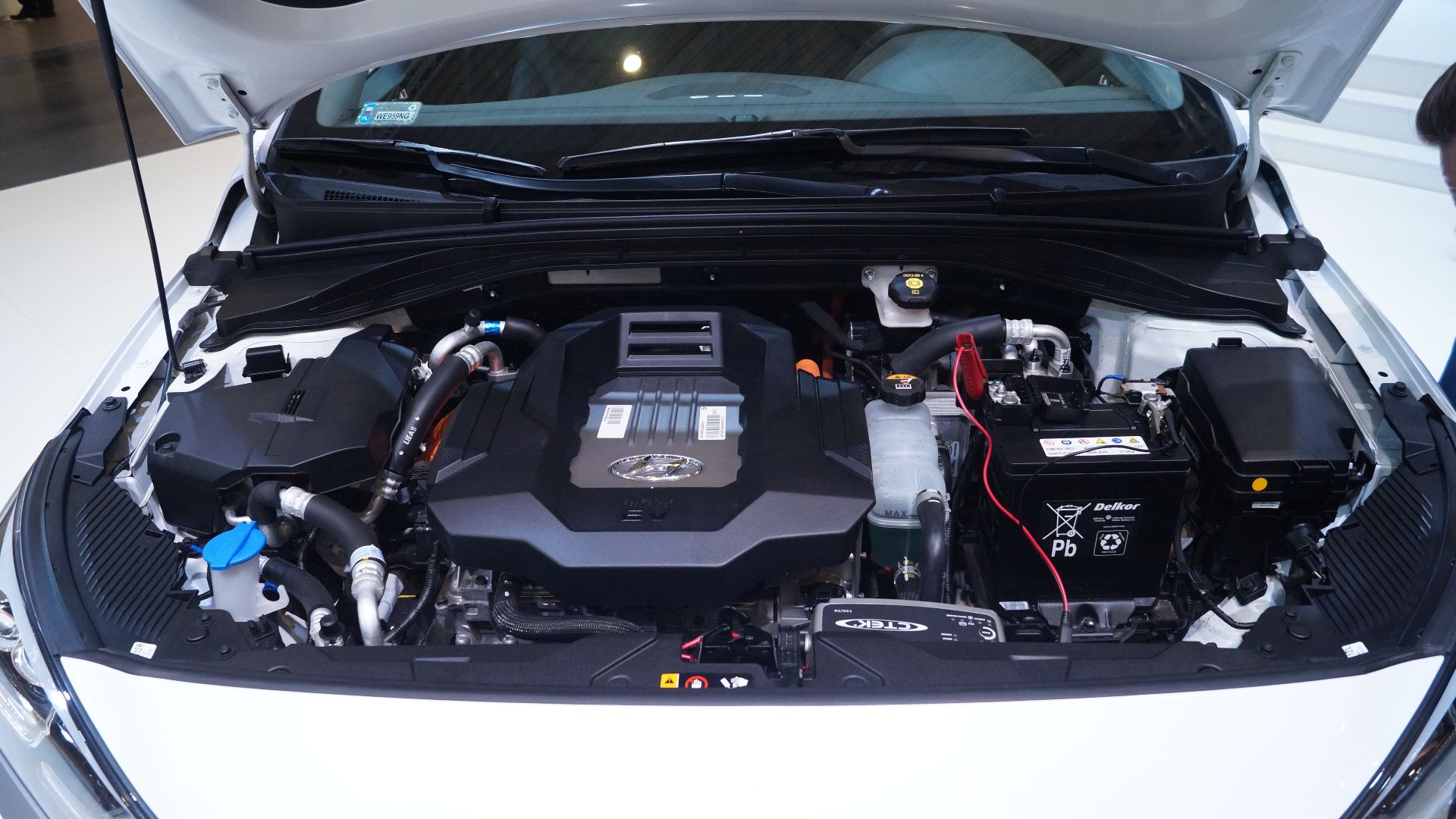 Jakub "Flyz1" Maciejewski, Wikimedia Commons
Jakub "Flyz1" Maciejewski, Wikimedia Commons
Better Chemistry on the Way
Hyundai’s next‑generation cells will use improved anode materials, upgraded separators and more stable electrolytes. These advances help the battery stay cooler, charge faster and avoid the typical bottleneck where power has to taper off early.
 Michael Kramer, Wikimedia Commons
Michael Kramer, Wikimedia Commons
Solid-State Ambitions
Hyundai is heavily invested in solid‑state development, which promises drastically higher charge acceptance and thermal stability. While not ready for mass production yet, the technology aligns perfectly with the three‑minute target.
The Cooling Revolution
Ultra‑fast charging generates massive heat. Hyundai is developing a much more aggressive thermal system—improved cooling loops, predictive pre‑heating and pre‑cooling, and smarter thermal routing that adjusts by the second.
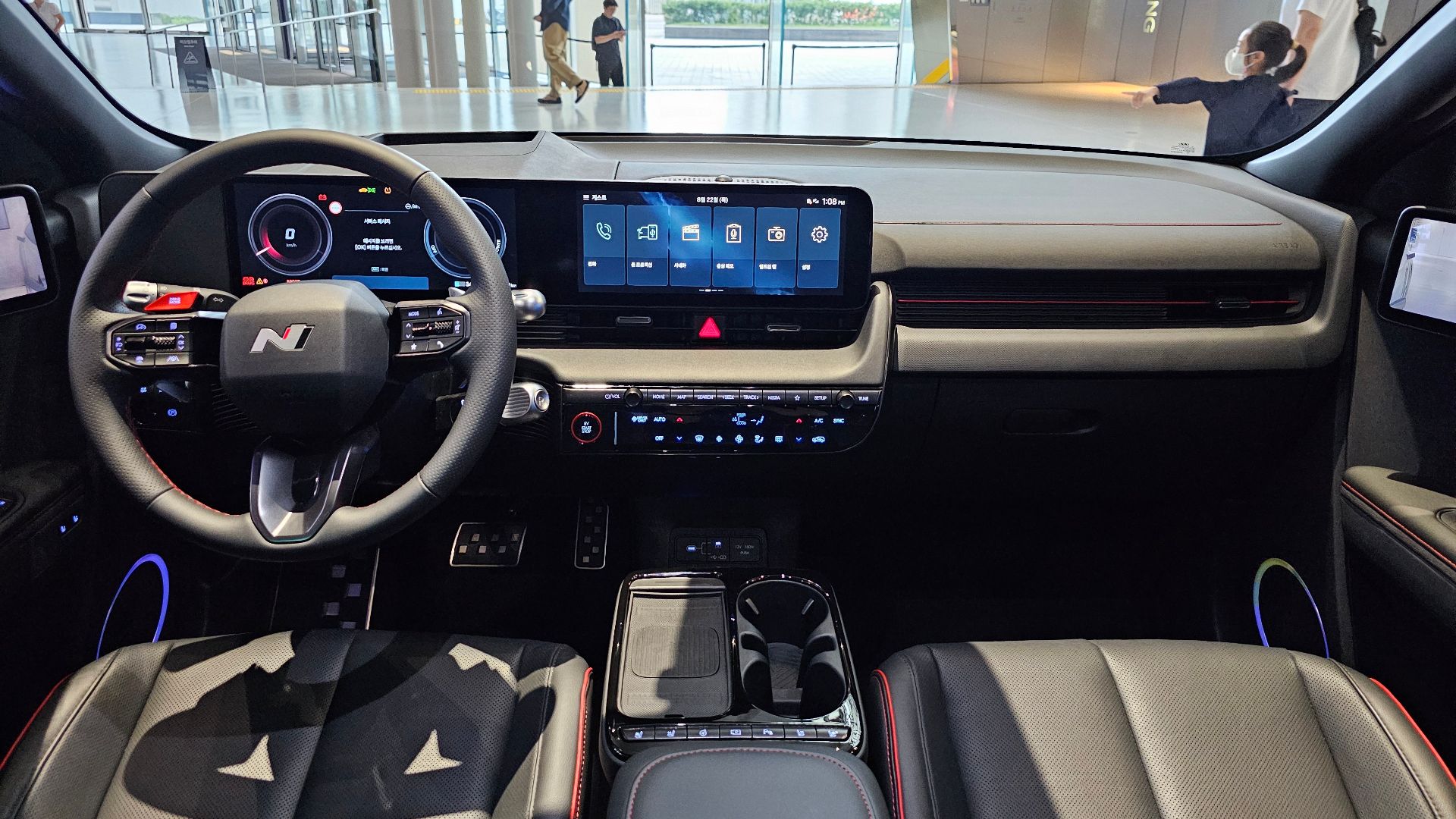 Damian B Oh, Wikimedia Commons
Damian B Oh, Wikimedia Commons
Flattening the Charging Curve
Most EVs slow charging dramatically after 50–60% to protect the battery. Hyundai wants to keep near‑peak speeds for much longer—flattening the curve. That’s the real secret to slashing total charge time.
Smarter Battery Management
Hyundai’s future BMS software will make micro‑adjustments constantly—cell balancing, temperature control, heat prediction and current optimization. This fine‑grained management is key to charging safely at extreme speeds.
Predictive Charging Intelligence
The system will know when you’re heading to a fast charger and pre‑condition the battery in advance. A perfectly conditioned battery can accept far more power instantly—saving precious minutes the moment you plug in.
 Mariordo (Mario Roberto Duran Ortiz), Wikimedia Commons
Mariordo (Mario Roberto Duran Ortiz), Wikimedia Commons
Not Forgetting Home Charging
Hyundai says future models will also cut AC charging times in half, making overnight top‑ups faster and more convenient. Three‑minute charging is the headline—but daily life gets better too.
The IONNA Network Push
Hyundai is part of IONNA, a massive joint venture planning 30,000+ high‑power chargers across North America. It’s the backbone needed for ultra‑fast charging to work in the real world. As Hyundai COO José Muñoz says, this network will give EV owners confidence in their ability to conveniently charge their vehicles.
 Pablo Montoya, Wikimedia Commons
Pablo Montoya, Wikimedia Commons
NACS Adoption Helps Too
Hyundai is adopting the NACS port, giving drivers access to Tesla’s Supercharger network. This instantly improves charging reliability and reach. Hyundai executive Olabisi Boyle says the move improves the public charging experience by giving our customers even more choice—a key factor as speeds continue rising.
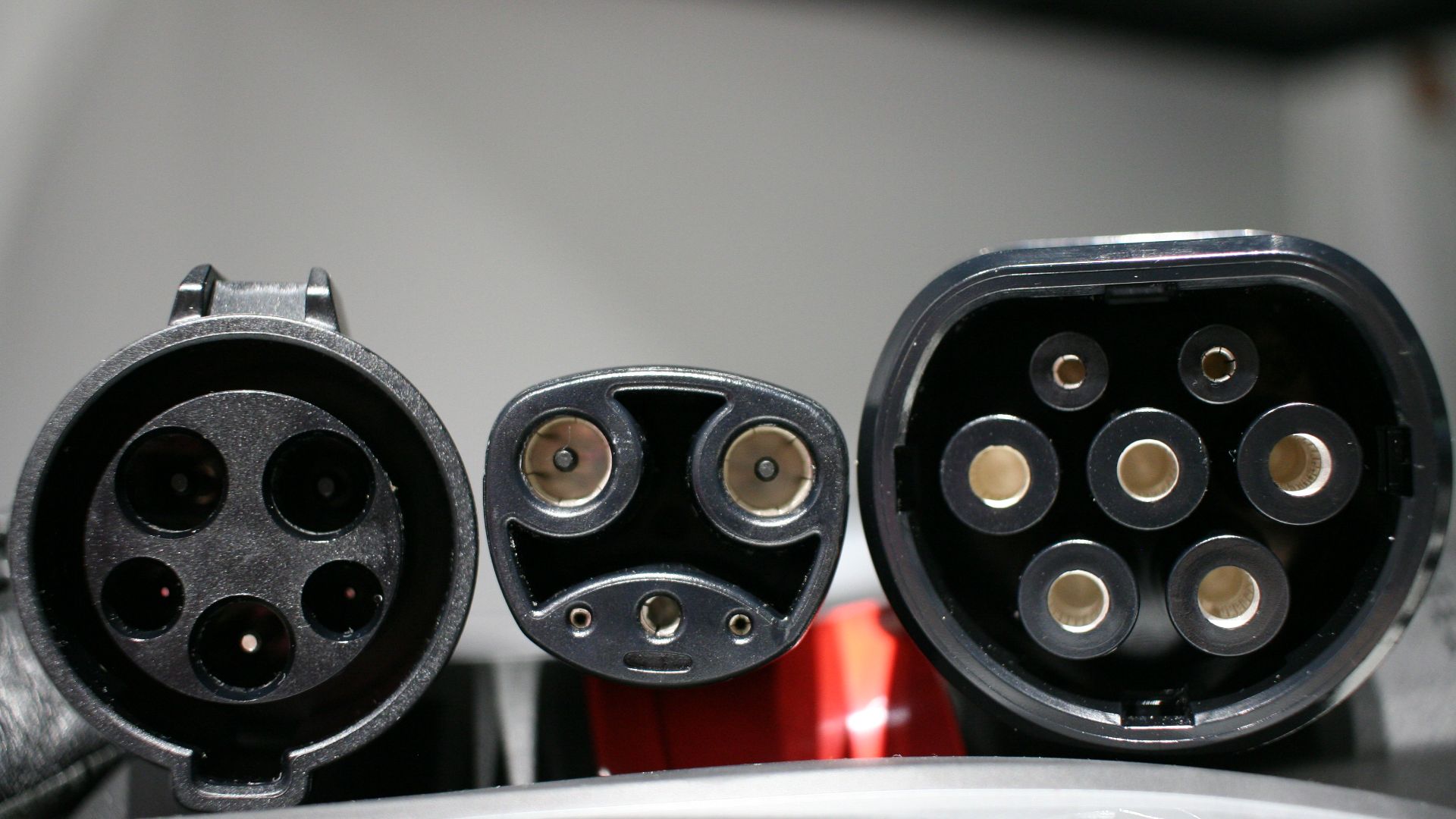 Paul Sladen, Wikimedia Commons
Paul Sladen, Wikimedia Commons
Designed for All Climates
Charging slows in cold regions like Canada, so Hyundai is building stronger thermal buffers to maintain extreme speeds even in freezing temperatures. Fast charging has to work everywhere for the three‑minute promise to matter.
 Raysonho @ Open Grid Scheduler / Grid Engine, Wikimedia Commons
Raysonho @ Open Grid Scheduler / Grid Engine, Wikimedia Commons
Protecting Battery Lifespan
A major myth: fast charging kills batteries quickly. Hyundai says next‑gen chemistries and cooling will protect long‑term health—even with frequent ultra‑fast sessions. Durability is a core design target, not an afterthought.
 Alexander-93, Wikimedia Commons
Alexander-93, Wikimedia Commons
Hyundai Keeps Winning Awards
Hyundai’s EVs aren’t just fast‑charging—they’re consistently among the most awarded globally. Industry experts say Hyundai has one of the most advanced battery platforms in the world, setting them up well for this next leap.
Rollout Won’t Be Overnight
Hyundai openly says three‑minute charging won’t hit next year’s models. It’s a staged rollout across upcoming platforms, aligned with charger deployment and new cell manufacturing.
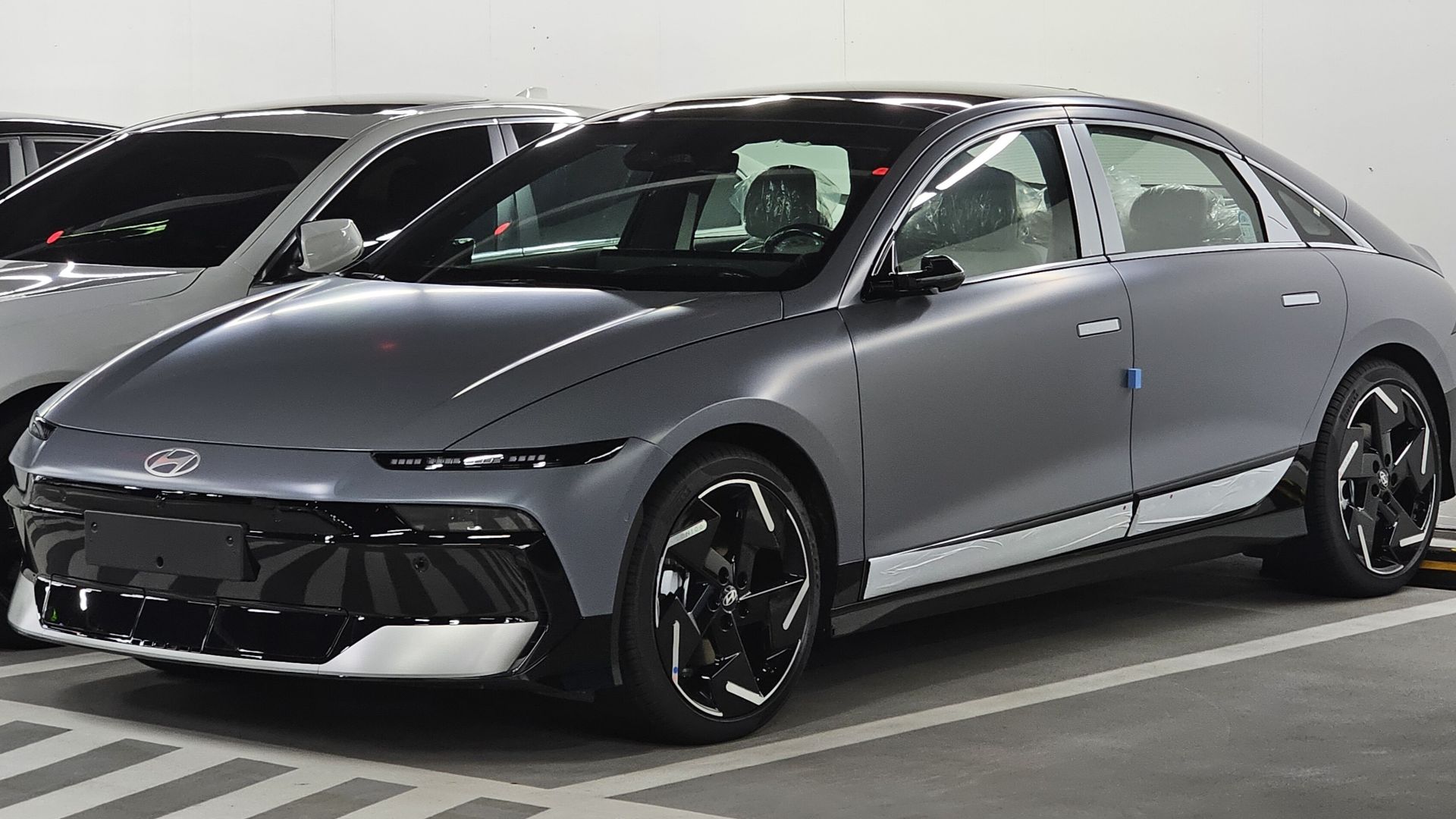 Damian B Oh, Wikimedia Commons
Damian B Oh, Wikimedia Commons
The Future of EV Road Trips
A true three‑minute recharge makes EVs simpler than gas cars. Quick stops, no planning stress, no long waits—just plug in, stretch for a moment and keep going. That’s the future Hyundai is building toward.
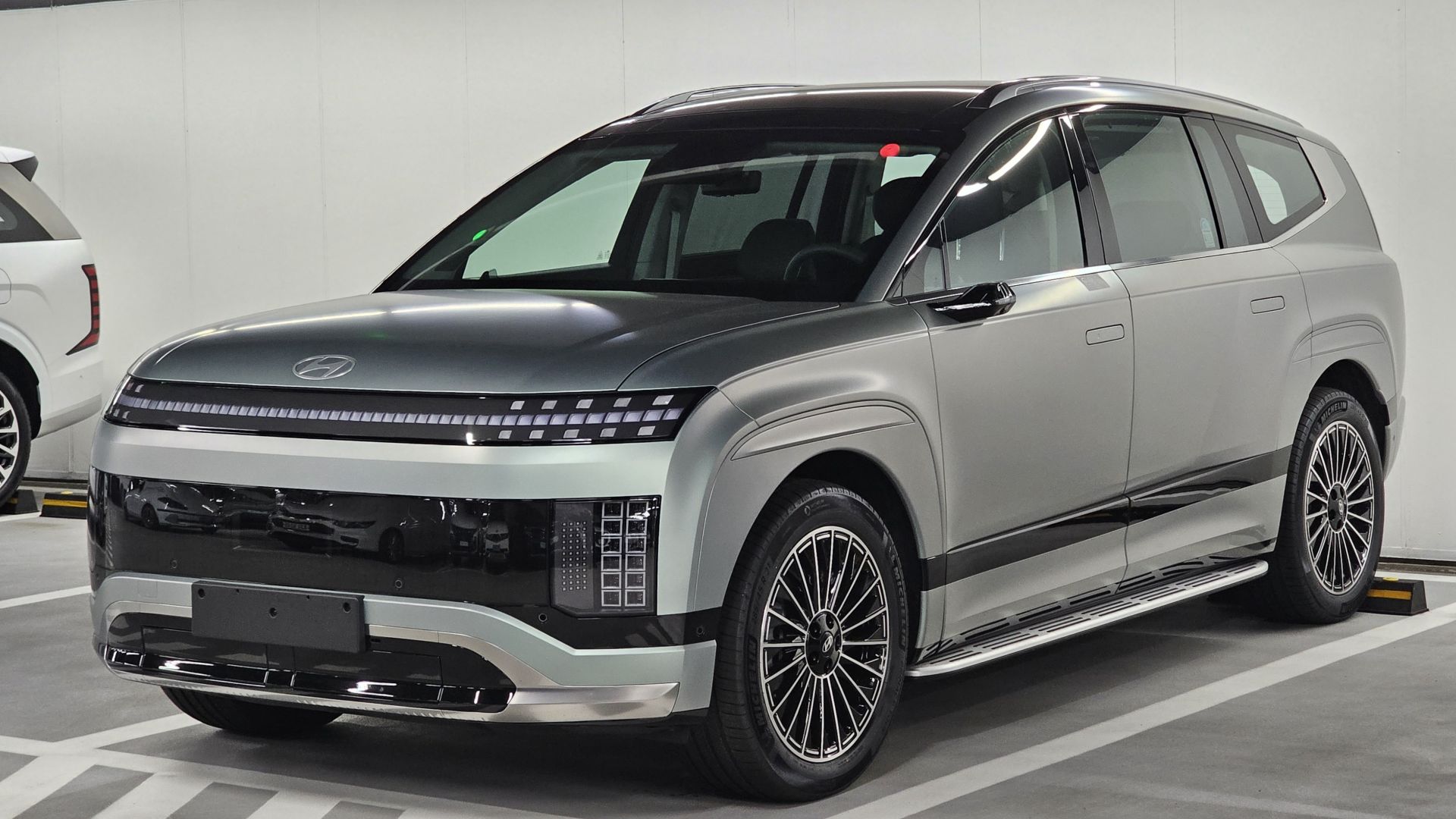 Damian B Oh, Wikimedia Commons
Damian B Oh, Wikimedia Commons
A Game-Changing Goal
Hyundai’s three‑minute charging plan isn’t hype—it’s a coordinated push involving chemistry, architecture, infrastructure and software. If they deliver, they’ll redefine what filling up means for the entire auto industry.
You Might Also Like:
Size Isn't Everything For These Awesome Super Compact EVs

